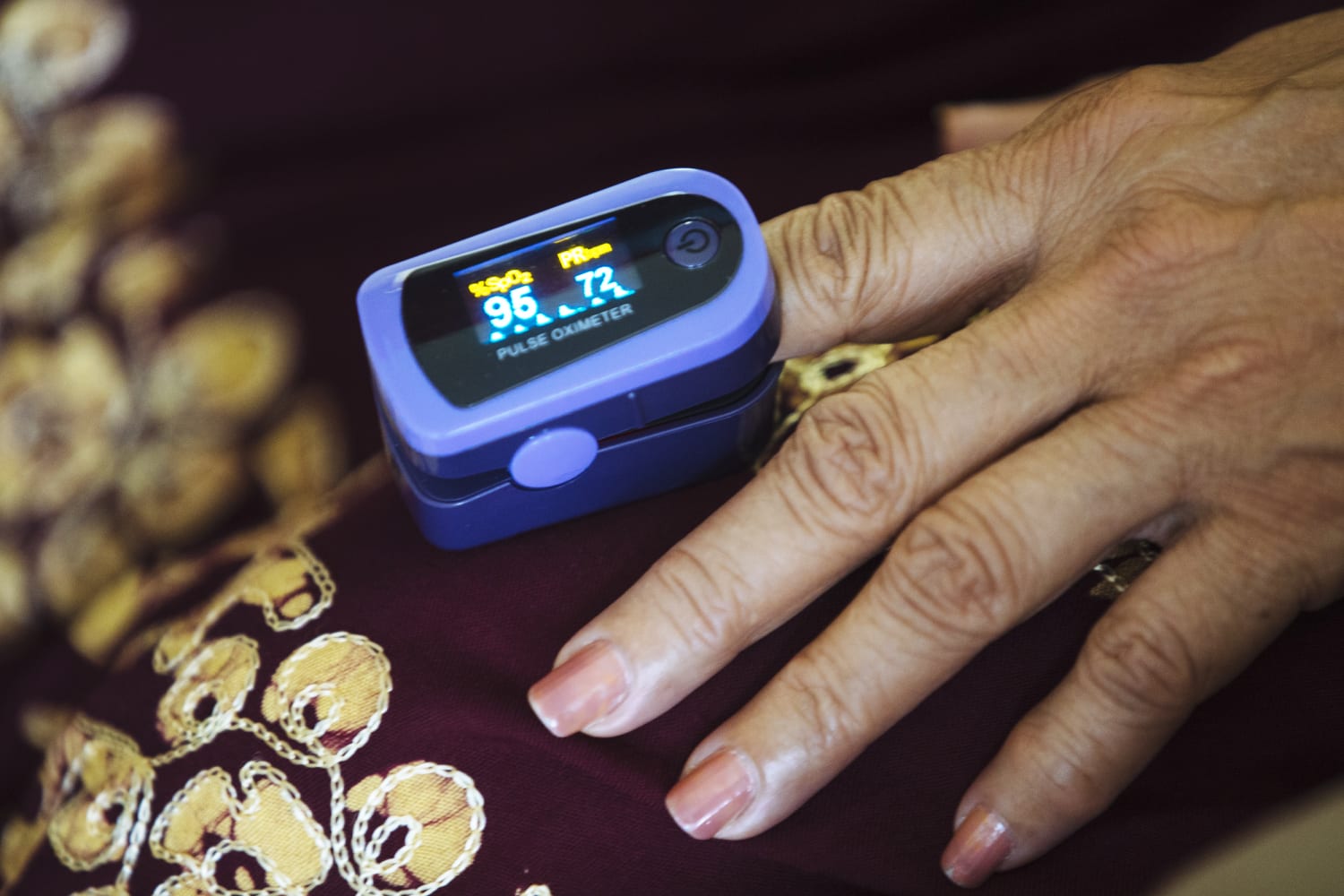The fingertip device that measures a person’s blood oxygen saturation level can give Black people false readings more frequently than white people, a recent study found.
The findings were noted in a Dec. 17 report published by The New England Journal of Medicine.
A team studied more than 10,000 pairs of measurements from adult hospitalized patients receiving supplemental oxygen at the University of Michigan Hospital in Ann Arbor as well as more than 37,000 pairs from patients in the intensive care units at nearly 200 other hospitals.
It found that the readings from the device, known as a pulse oximeter, were sometimes inaccurate when compared with a test that samples blood from a person’s artery.
“In the University of Michigan cohort, among the patients who had an oxygen saturation of 92 to 96 percent on pulse oximetry, an arterial oxygen saturation of less than 88 percent was found in 88 of 749 arterial blood gas measurements in Black patients and in 99 of 2,778 measurements in White patients,” according to the report.
The study notes that the findings are alarming given how many people may rely on the devices to monitor blood oxygen levels during the coronavirus pandemic.
“Given the widespread use of pulse oximetry for medical decision making, these findings have some major implications, especially during the current coronavirus disease 2019 pandemic,” it states. “Our results suggest that reliance on pulse oximetry to triage patients and adjust supplemental oxygen levels may place Black patients at increased risk for hypoxemia,” or low blood oxygen.
Dr. Michael Sjoding, a pulmonologist and lead author of the study, told National Public Radio that he was first alerted to this issue after his hospital, at the University of Michigan, started to receive an influx of mostly Black Covid-19 patients.
He said he had noticed the results from the pulse oximeter gave out misleading information “more often in patients who were Black.”
“Basically, about three times as often,” he said. “It’s not happening a lot, but if you think of how often these measurements are taken, if it’s wrong 12 percent of the time, I worry that could be really impactful,” Sjoding added.
A pulse oximeter works by shining a red light through the tip of the finger.
The doctor said he suspects that a person’s skin color could be the reason behind the misleading information because the color of the light used in the device can be absorbed by skin pigment, NPR reported.
Source: | This article originally belongs to Nbcnews.com











